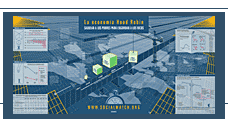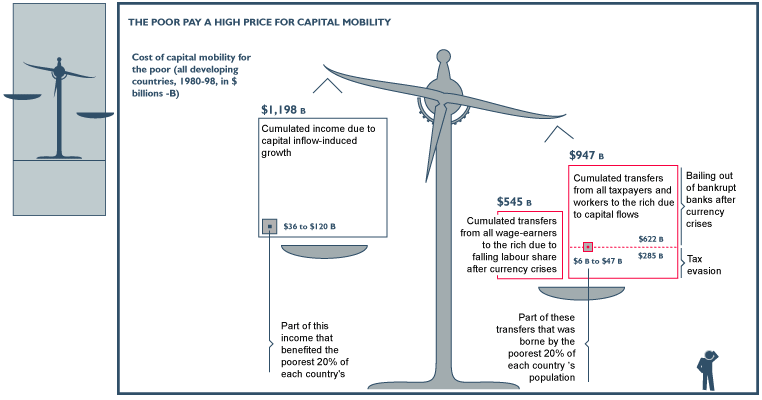|
|
|
|
| | ESPAÑOL | Commitments | Annual Report | News | About | Feedback |
 |
 |
 |
|||||||
| |
|
|
|
|
|
|
|
|
|

|
During the financial crisis of 1997 in Indonesia, real wages in the urban formal sector were almost halved and 15 million people were pushed under the poverty line. The headcount poverty rate has not yet recovered its pre-crisis level. In 1997 the 20% of the world's population living in the richest countries had 74 times the income of the poorest 20%. This inequality was 30 to 1 in 1960. |
Many tariffs in the North on agricultural exports of the South are prohibitively high (200% to 300%). Domestic subsidies in rich countries rose from $275 billion in 1987 to $326 billion in 1999. Instead of reducing them, as promised, the US increased subsidies under the Farm Bill, and the European Union leaders decided to continue them for at least 12 more years. Protectionism by the rich prevents the poor from fully exploiting their competitive advantages. In low-technology industries alone, developing countries are missing out on an additional $700 billion in annual export earnings as a result of trade barriers. This represents at least four times the private foreign capital inflows. |